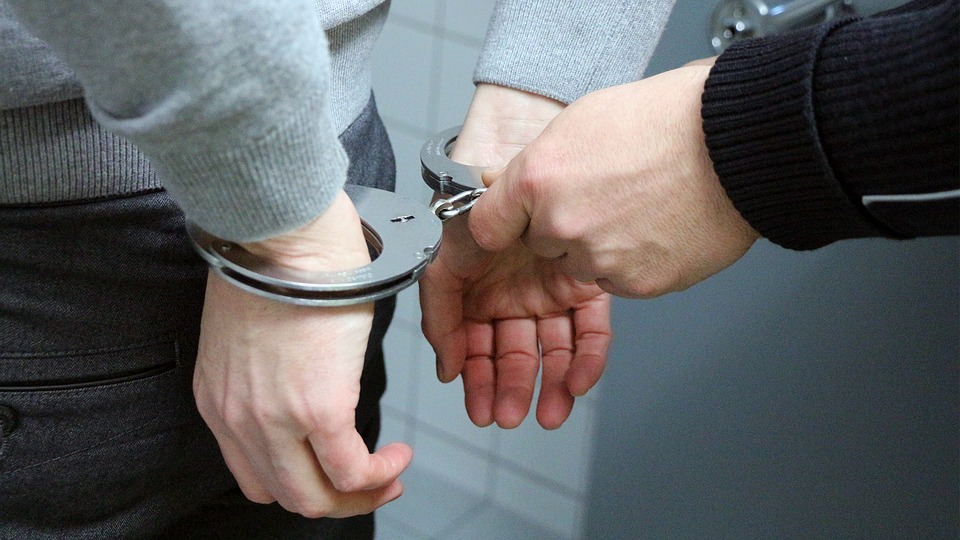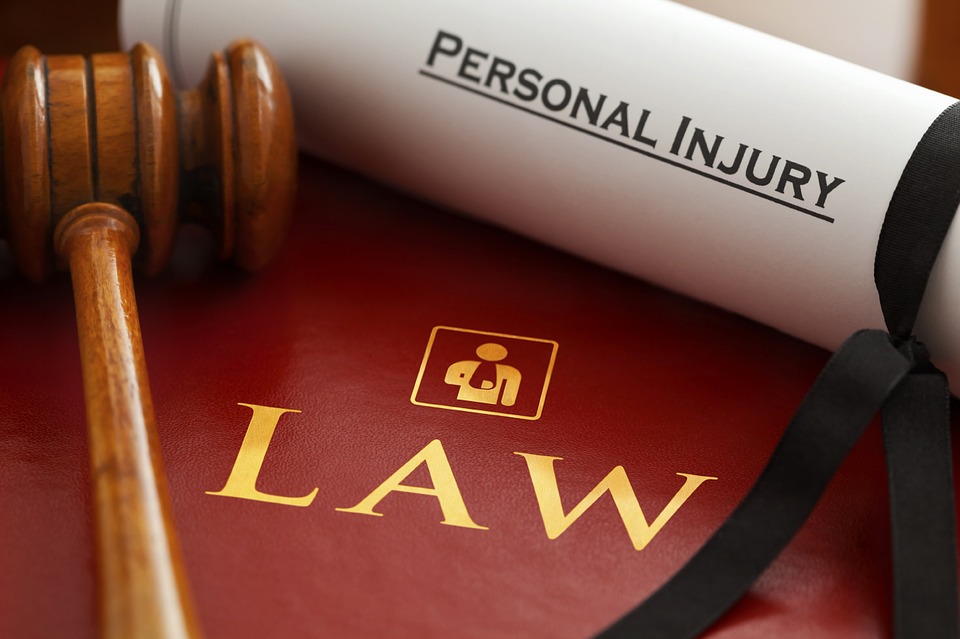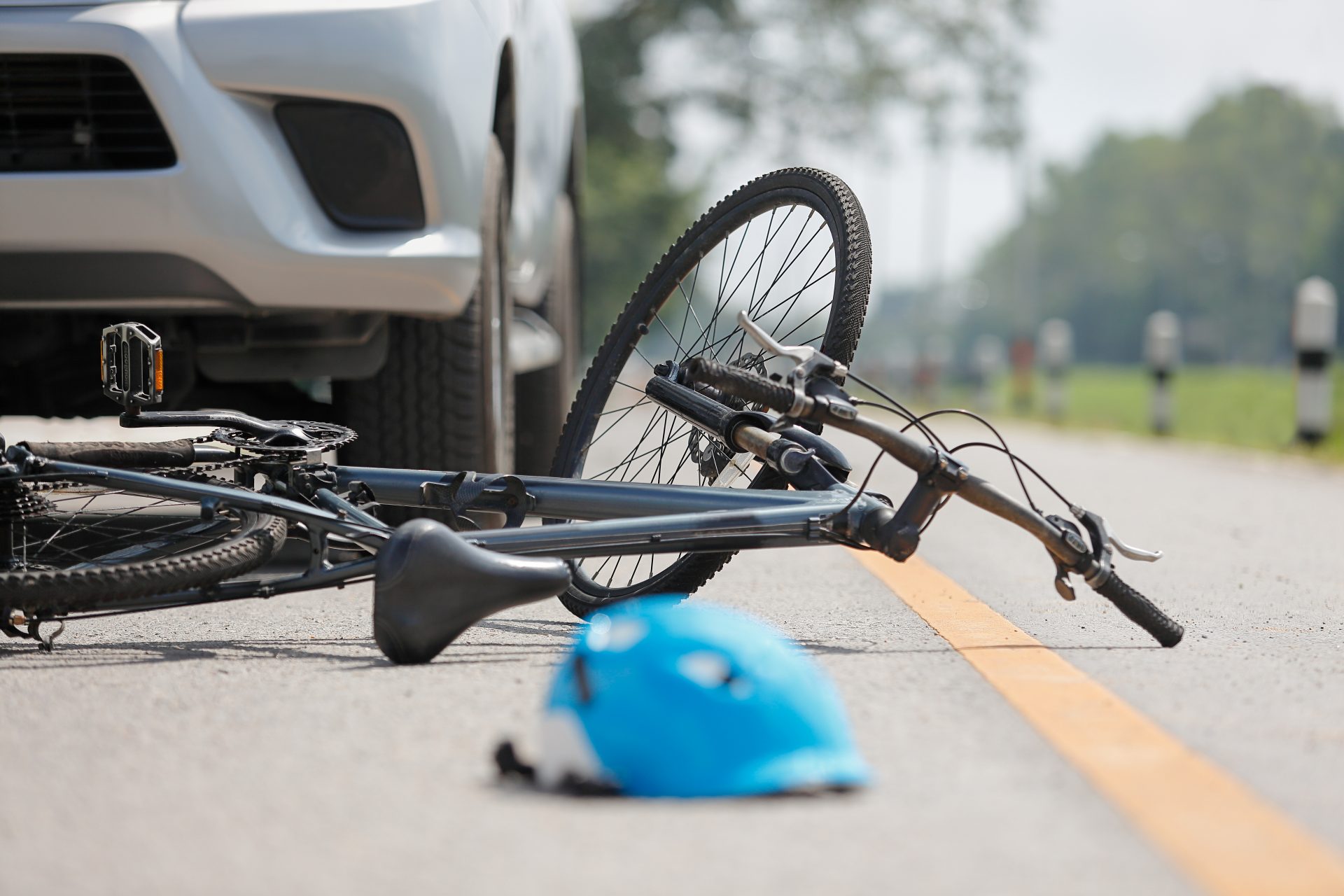
Personal Injury Terminology Explained!
At Gowing Law Solicitors we aim to ensure that your claim process is quick, straight forward and hassle free. We understand that the terminology used in the claims process can be sometimes confusing and frightening to some and this can be off putting in terms of bringing a claim forward. To address these confusions, we have put together a jargon buster for you to refer to, to make things a bit clearer!
ATE insurance stands for “after the event” insurance. It is an optional insurance policy that you can take out after the accident has happened and you have decided to bring a claim for personal injury. If you lose your claim this policy will ensure that you are not left with any outstanding costs.
Limitation Period
This is the period of time within which you can bring a claim. The limitation period for a personal injury claim is three years from the date of the accident. If a minor is involved in an accident they can also claim, however if the litigation friend chooses not to bring a claim for the minor at the time of the accident the child will still have 3 years from the date of their 18th birthday to bring their own claim forward.
Success Fee
A success fee is a percentage of your compensation that is deducted by us if your case wins. Our success fee is capped at 25% of the compensation you are awarded. This is to cover legal costs accrued when running your claim.
Litigation Friend
A litigation friend is a suitable person over the age of 18 chosen to represent a “protected party” such as a minor or a vulnerable adult.
Admission
An admission is when one party agrees that something the other party has said is true. This is often a term used when the Defendant accepts blame for the accident i.e. “admission of liability”.
Conditional Fee Agreement (CFA) – No Win No Fee
A CFA is otherwise known as a No Win No Fee agreement, this means if your case was to lose you should not have to pay your solicitors fees. Entering into a No Win No Fee agreement will mean that there is nothing for you to pay upfront and if your claim is successful you will pay no more than 25% of the amount you are awarded as our success fee.
Liability
Admitting liability means you are accepting being legally responsible for something.
If you have any queries about the terminology used when bringing a claim give our team a call on 0161 464 4444 and we will be happy to help!







Recent Comments